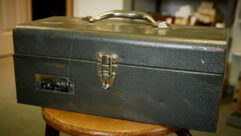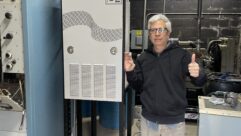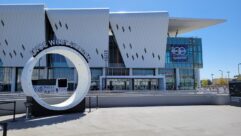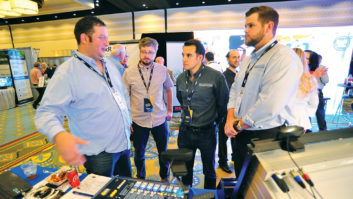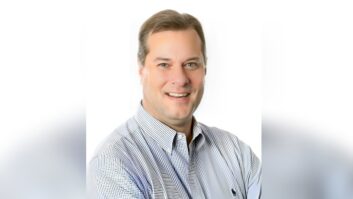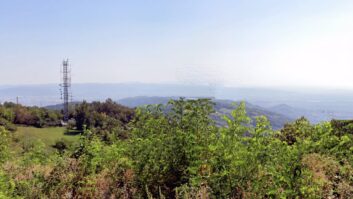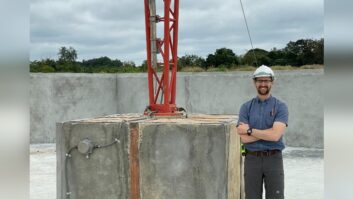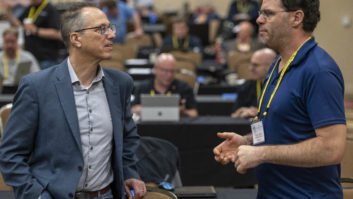BRUSSELS — In anticipation of the 2019 European Parliament elections, which ran from May 23–26, VRT’s Radio 1 installed a temporary on-air studio on the roof of the Flemish parliament.
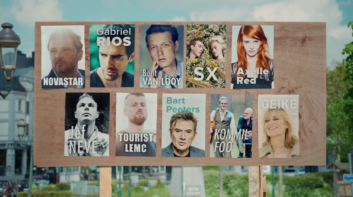
Starting May 13, the station’s news and daily programs “De ochtend” (“The Morning”) and “De wereld vandaag” (“The world today”) aired from the provisional studio under the banner “KIES19” (“Choose 19”).
A crew of 12 staffers (engineers, online editors, news editors and PR officers) plus morning show presenter-tandem Xavier Taveirne/Michaël Van Droogenbroeck and evening drive hosts Ruth Joos and Ruth Roets, welcomed politicians and experts for interviews regarding the upcoming Flemish and European elections.
“Contrary to earlier outside broadcast locations, the Flemish Parliament’s top floor was pretty well equipped: a rooftop terrace, bar, catering and other facilities,” said Filip Pletinckx, Radio 1 station director.
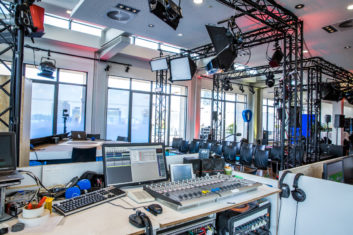
“The big challenge was security — a key issue in a governmental building. All visitors were screened at the building’s front desk. An extra bonus was the fact that we had the station’s political expert Marc Van De Looverbosch guiding the audience through the Flemish Parliament building after the morning show.”
Pletinckx added that the two-week stint to the heart of Flemish politics was a unique opportunity to meet Radio 1’s audience.
Bearing the adage “Politiek en Muziek – je hoeft niet te kiezen” (“Politics and Music, you don’t have to choose”), the radio station also combined politicians with a lineup of top Belgian artists like Axelle Red, Jeff Neve, Novastar and Gabriel Rios, playing “unplugged” sets during and after the afternoon broadcast.
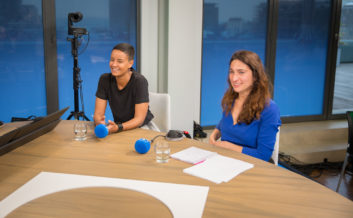
The KIES19 on air studio was equipped with a DHD52 series 16-fader console, six wired and two wireless mics, a Broadcast Bionics Phonebox telephone hybrid and Dalet radio production system.
For the live concerts, Radio 1 used a Yamaha QL1 console, with four d&b audiotechnik E3 speakers for panel discussions and a combination of four Martin DD6 top and sub speakers plus Electrovoice subs.
A redundant IP-link guaranteed the connection between the Parliament-based on-air studio and VRT’s headquarters.
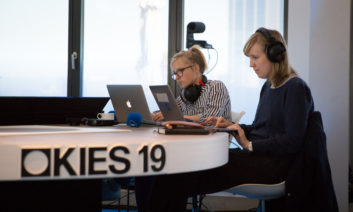
“We used standard switches, each establishing a specific connection with the VRT’s broadcast center,” said Frank Smellinckx, head of Radio 1’s production facilities. “In doing so, we separate the critical ‘on-air radio’ segment from the editorial network and real-time connections, allowing us to build a radio studio offering exactly the same functionalities like in our main studio.”
The “on-air” switch had three separate VLANs. One was for the Dalet playout, Phonebox clients and application laptops. A second VSM network controlled the sources and antenna signal, while a Dante network established the audiolink with the main studio’s central MADI router.
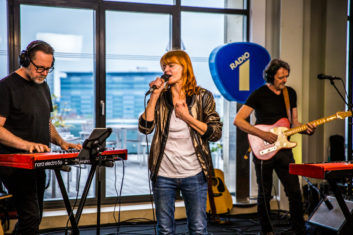
“The unique setting and the beautiful view on the Brussels skyline resulted in a quite special atmosphere — a different mood with both interviewees, audience and crew. A very relaxed state of mind,” said Pletinckx, who after summer will take on a new career challenge as talent coach for VRT Radio.
On May 26, polling day in Belgium, the outside broadcasts concluded, followed by a marathon broadcast from VRT’s headquarters covering election day.
